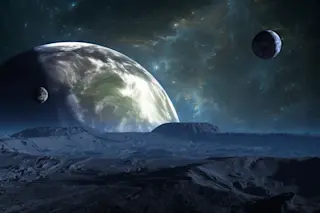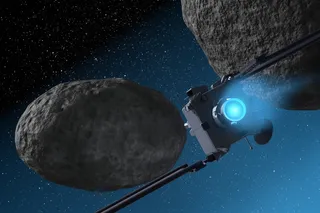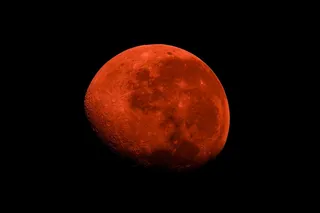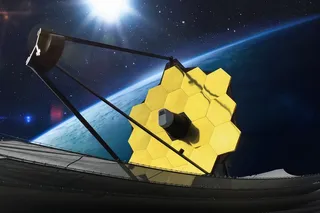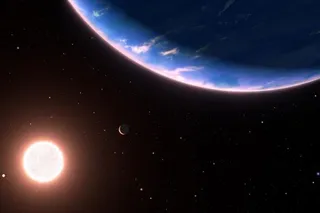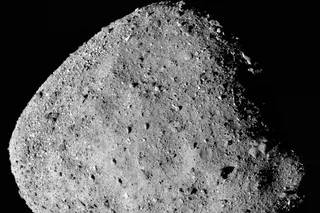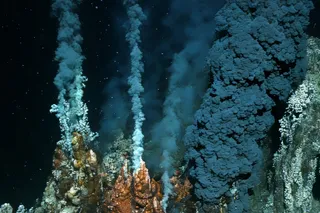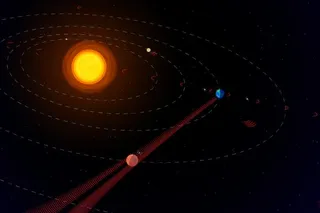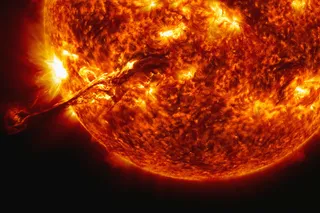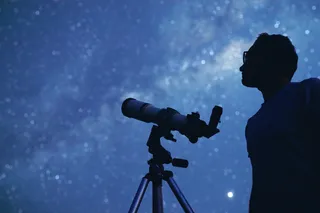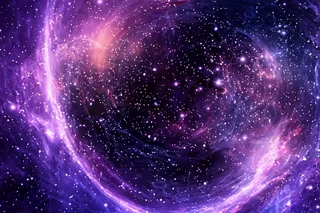Long before astronomers discovered the first exoplanet in 1992, the idea of worlds orbiting distant stars captivated the minds of academics and dreamers alike. As far back as the 16th century, philosopher Giordano Bruno speculated about an infinite universe filled with countless stars, each surrounded by its own planets.
Today, with more than 5,800 confirmed exoplanets, astronomers are finding that some of these worlds are astonishingly strange, defying even the wildest predictions.
Some exoplanets rain molten iron, others are largely composed of diamond. Some worlds orbit two suns — and some orbit no star at all. From boiling-hot gas giants to worlds with bizarre weather patterns, here are five of the weirdest exoplanets scientists have discovered so far.
Imagine a world where the weather forecast includes showers of molten iron. WASP-76 b, located roughly 640 light-years from Earth, is a gas giant that orbits its star so closely that its ...


